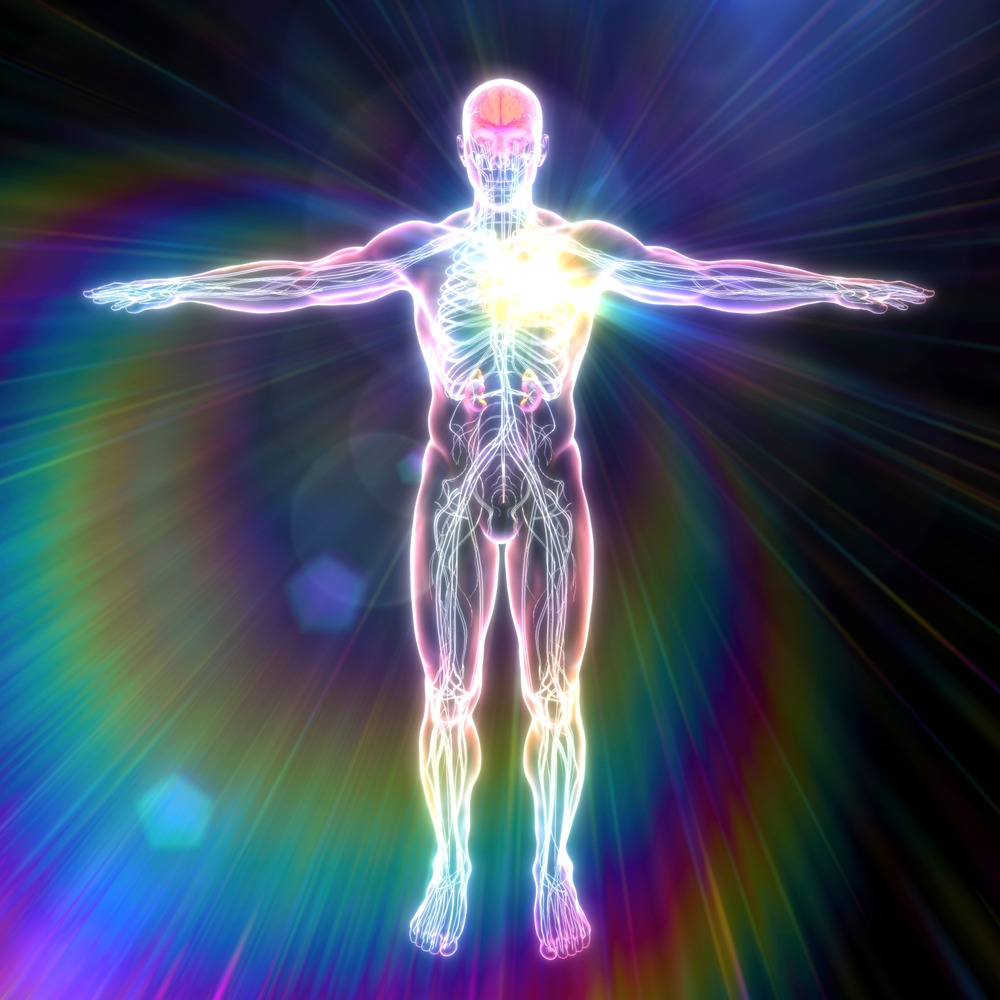
The amazing history of bioelectromagnetic healing
Bioelectromagnetic healing (BEM) is experiencing a renaissance in the 21st century. Therapy devices based on high-voltage Tesla coils, which were thought to have been forgotten, promise remarkable health improvements. However, their history is characterised by resistance and suppression on the part of established medical institutions. This blog post sheds light on the fascinating history of BEM healing and introduces some of its pioneers.
the early years:
Tesla, Gurwitsch and Lakhovsky
As early as 1898, Nikola Tesla presented high-frequency currents for electrotherapeutic purposes. He recognised their "apparent harmlessness" and the possibility of conducting large amounts of electrical energy through the body without causing pain. His coils, up to one metre in diameter, treated the body magnetically, without contact.
In 1922, the Russian histologist Alexander Gurwitsch discovered communication between living cells by means of "mitogenic waves" in the UV spectrum - the first evidence of biophotons. This discovery laid the foundation for later BEM therapy devices.
Georges Lakhovsky developed the multi-wave oscillator (MWO) in the 1920s. His theory was that each cell oscillates like a small receiver at a certain frequency. The MWO, a Tesla-based device with concentric rings, generates a broad spectrum of frequencies from which each cell can select its "healing frequency". Lakhovsky achieved remarkable success in the treatment of cancer - initially in plants, later in animals and humans.
Suppression and resistance: Rife and Priore Royal
In the 1930s, Raymond Rife developed a high-frequency device that destroyed microbes through resonance. A study on 16 terminal cancer patients showed astonishing results - all patients appeared to be cured. But Rife's success aroused the suspicions of the AMA (American Medical Association), which took him to court for "fraudulent healing methods". Although his technology was found to be safe, it was banned and Rife died embittered.
Something similar happened to Antoine Priore in the 1960s. His complex electromagnetic therapy machine cured tumours and infectious diseases in laboratory animals. The French government funded his research, but opposition from oncologists and a change of government led to the loss of funding and the suppression of his work.
The search for recognition Becker and Liboff:
Becker and Liboff
Robert Becker, a pioneer of BEM research in the 1960s, proved the existence of Chinese meridians as pathways of lower electrical resistance on the skin. He researched bioelectric effects in the body, such as the electrostimulation of limb regeneration.
Abraham Liboff discovered the resonance of static magnetic fields with endogenous alternating electrical fields in biological systems. His cancer treatment device uses magnetic field resonance to inhibit the growth of cancer cells.
Biophotons and high-voltage effects
Research into biophotons, coherent light emitted by cells, confirms the importance of electromagnetic processes in living organisms. Studies show that healthy cells store light energy, while cancer cells release it exponentially. It is possible that Tesla devices stimulate the production of healthy biophotons.
High voltage electrostatic fields have positive effects on the body, such as increasing liver respiration and antibody production. Pulsed electromagnetic fields can increase cell membrane permeability and stimulate DNA synthesis.
The future of BEM healing
The history of BEM healing is one of innovation, resistance and rediscovery. Despite suppression in the past, BEM therapy is experiencing renewed interest today. Research into biophotons, high-voltage effects and cell membrane processes is providing new insights into the mechanisms of action of this promising form of therapy. It is to be hoped that BEM healing will take its rightful place in medicine in the future.
